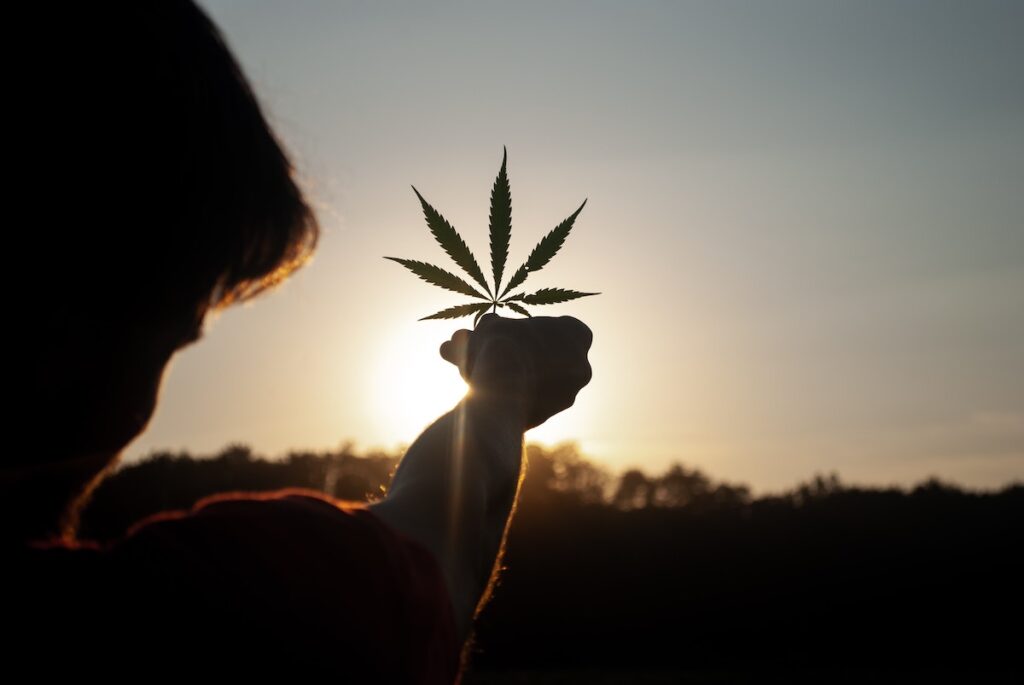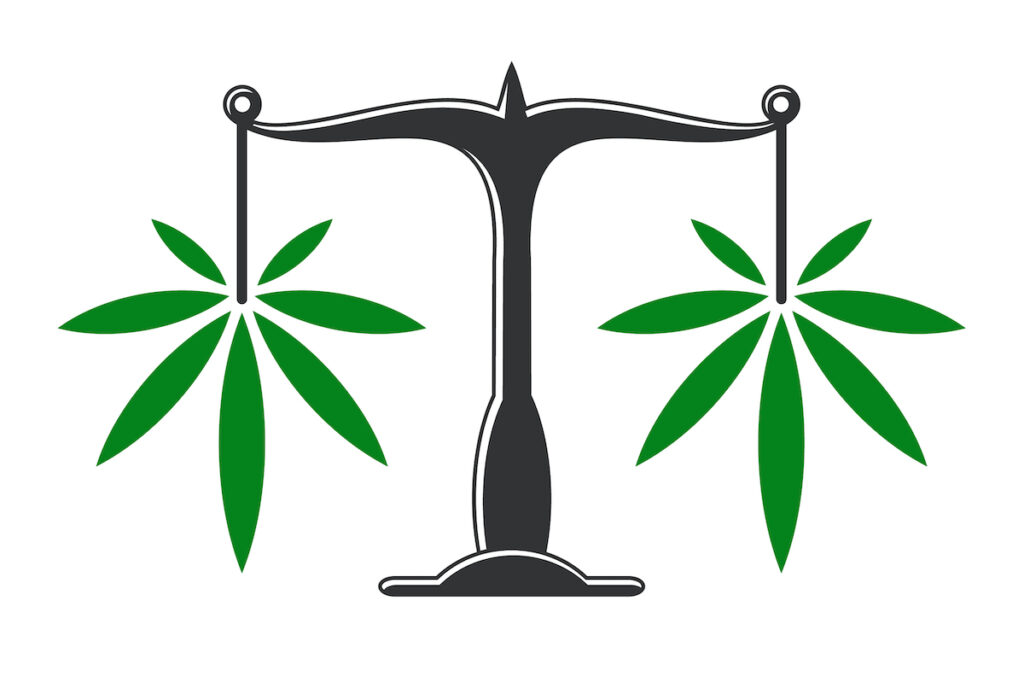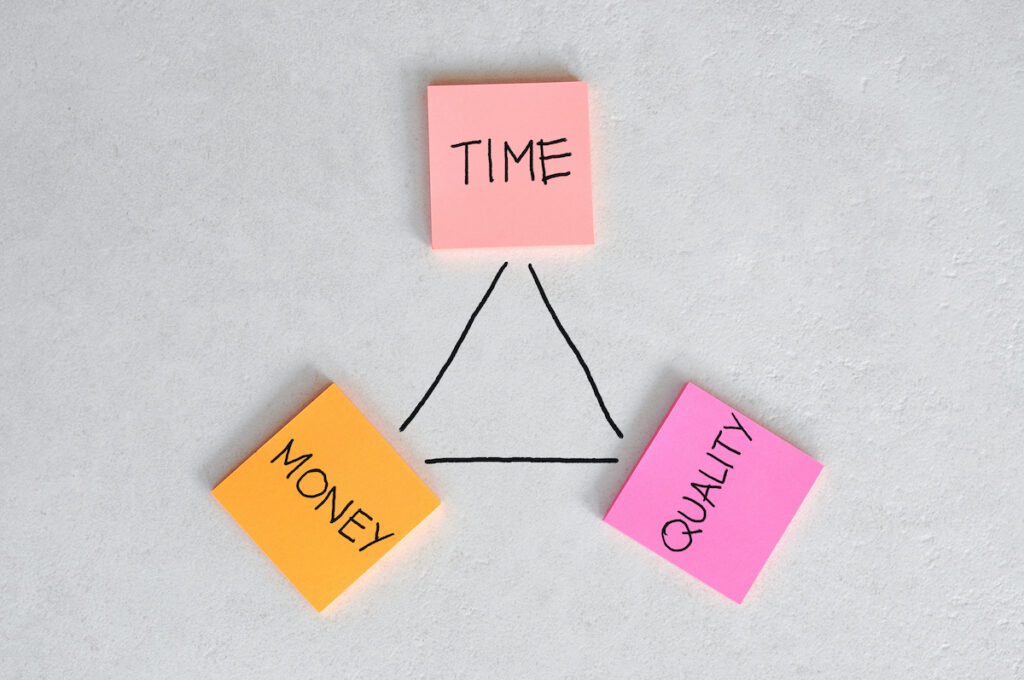
When buying a drink of alcohol, you don’t have to wait for the intoxicating effects to realise how weak or strong it is, as there is an agreed measure of its strength the ‘alcohol by volume’ or ABV provides the amount of alcohol by volume a drink contains. However, for people consuming cannabis they are left relying on their mate Billy for information about the potency of the drug they plan to use. In practice, what this means is that many people won’t know how potent their cannabis is until they have already started using it.
The absence of an agreed measure for cannabis doesn’t just fail users, but it impacts researchers too. Without an accepted and standardised measure for cannabis, researchers are left to find their own ways of assessing and reporting how much cannabis a participant has been exposed to when carrying out research. This leads to a range of ways in which research papers describe how much cannabis is used and, if it’s mentioned at all, how potent it is.
It’s timely then that Lorenzetti and colleagues (2021) have taken up this challenge in a new paper – ‘The International Cannabis Toolkit’, or iCannToolkit for short.

The absence of a universally agreed and standardised measure for cannabis use has negative implications both in clinical practice and research. The International Cannabis Toolkit aims to challenge this and examine how patterns of cannabis use can be assessed.
Methods
This ambitious piece of research employed Delphi methodology to interview twenty-five experts drawn from a variety of disciplines and regions across the world. They wanted to draw on the experience and knowledge of this group to work towards a way of standardising the measurement and reporting of cannabis use in research. The Delphi method aims to find a consensus by rounds of questionnaires which feed into an evolving statement that summarises the collective view of the experts consulted. Each stage of the process provides an opportunity for each expert to refine their view in line with the overall consensus reached in each round of the group responses.
Results
We already know that the risks to health including mental health associated with cannabis use are related to dose, the higher and more frequent the dose the greater the risk of developing a problem like psychosis. Given this dose-response relationship, it was important for the researchers to look at how patterns of cannabis use should be assessed.
They present their findings as a three-layer hierarchical pyramid:
- Base layer – universal measures
- Mid layer – setting specific measures
- Top layer – biological measures
For each of these layers, the researchers provide suggestions of how they should be measured. So, for example, there are three suggested questions for the base layer:
- Have you ever used cannabis?
- When did you last use cannabis?
- In the past month, on how many days have you used cannabis?
The researchers argue that this type of questioning is mirrored by that used for measuring alcohol consumption in screening tools like the Alcohol Use Disorder Identification Test, saying it provides a more detailed insight to not only use of the substance but problematic use too.
For the mid-layer the consensus reached was to encourage employing the Timeline Follow-Back method as a useful way of gleaning information about cannabis dosage for example. Timeline Follow-Back as the name suggests is a technique that preselects a period of time to assess use, whether that’s the last few days or a much longer period of time.
Finally, for the top layer, they suggest a range of biological assessments including everything from individual urine or saliva assays to reveal cannabis exposure through to analysis of user-supplied cannabis samples that would reveal potency and chemical compounds.
They also provide some ideas about the areas that future research should explore, such as whether there is merit to having pictures of various cannabis products that participants could be shown to help them identify which specific cannabis product they had used.

The authors suggest that cannabis use is measured with questions and assessment around frequency, dosage, period of substance use, potency, and chemical compounds.
Conclusions
The authors of the paper conclude:
Consistent use of the proposed framework across research, public health, clinical practice and medical settings would facilitate harmonisation of international evidence on cannabis consumption, related harms and approaches to their mitigation.
Strengths and limitations
This is a fiendishly difficult area to research so all credit to this group of researchers for having the courage and ambition to have a go. They provide some honest and insightful limitations to their own suggestions. Some of these include the role of recall when using the Timeline Follow Back technique, the ability to recall granular detail about individual cannabis use will be highly variable which has the potential to skew findings. They also recognise the cost implications of employing biological testing equipment which cannot only be expensive but requires skill and knowledge to operate, not to mention time, something that’s becoming scarcer in contemporary specialist drug treatment settings where much of this research will be conducted.
They are also critical of the base layer (universal measures) suggested assessments rightly highlighting how superficial this information might be. One obvious problem is that although this layer might yield information about the frequency of use it is unlikely to reveal anything about how strong the cannabis someone is exposed to is.

This is a complex area of research and the framework presents limitations, including the depth of information acquired and the cost-effectiveness of employing biological testing to analyse cannabis compounds.
Implications for practice
There is little doubt of the need to harmonise how cannabis use is assessed and reported. Without this agreement, comparing studies is at best difficult and at worst impossible. This impedes knowledge and the development of interventions needed for people who develop problems with cannabis. Others have made specific suggestions as to how a cannabis unit could be constructed as it already is for alcohol. Freeman & Lorenzetti in a previous paper proposed this should be fixed at 5mg of tetrahydrocannabinol (THC), while others have suggested learning from the mistakes and limitations in standardising measures of alcohol and tobacco.
As many countries begin to open up access to cannabis products for medicinal and or recreational use, there is also a greater choice of products available to users. Ensuring there is sufficient information about the strength of these and the chemicals they contain is an important part of the way individuals will decide whether to use a particular cannabis product or not.
Of course, in those countries where cannabis continues to be illegal there is no such information with users relying on their previous experience to make judgements in advance about the cannabis they consume. In effect for most people, this leaves them in a precarious position where they only discover how potent or harmful a product is at the point they already consume it, which may be too late to avoid harm to their health, physical or psychological.
So, whether you are a consumer, a practitioner, or a researcher, there is a clear benefit in having standardised measurement of cannabis. The trouble is this still looks like a pipe dream rather than a reality.

This paper highlights the need to harmonise how cannabis use is assessed and reported in clinical practice and research settings, so physical and psychological harm can be prevented early on.
Links
Primary paper
Lorenzetti, V., Hindocha, C., Petrilli, K., Griffiths, P., Brown, J., Castillo‐Carniglia, Á., Caulkins, J.P., Englund, A., ElSohly, M.A., Gage, S.H. and Groshkova, T., 2021. The International Cannabis Toolkit (iCannToolkit): a multidisciplinary expert consensus on minimum standards for measuring cannabis use. Addiction.
Other references
Barrett, D. and Heale, R., 2020. What are Delphi studies?. Evidence-based nursing, 23(3), pp.68-69.
Freeman, T.P. and Lorenzetti, V., 2020. ‘Standard THC units’: a proposal to standardize dose across all cannabis products and methods of administration. Addiction, 115(7), pp.1207-1216.
López-Pelayo, H., Matrai, S., Belcells-Olivero, M., Campeny, E., Braddick, F., Bossong, M.G., Cruz, O.S., Deluca, P., Geert, D., Feingold, D. and Freeman, T., 2021. Standard units for cannabis dose: Why is it important to standardize cannabis dose for drug policy and how can we enhance its place on the public health agenda?. International Journal of Drug Policy.
Photo credits
- Photo by David Gabrić on Unsplash
- Photo by Nguyen Linh on Unsplash
- Photo by Clark Van Der Beken on Unsplash
- Photo by Waldemar Brandt on Unsplash
